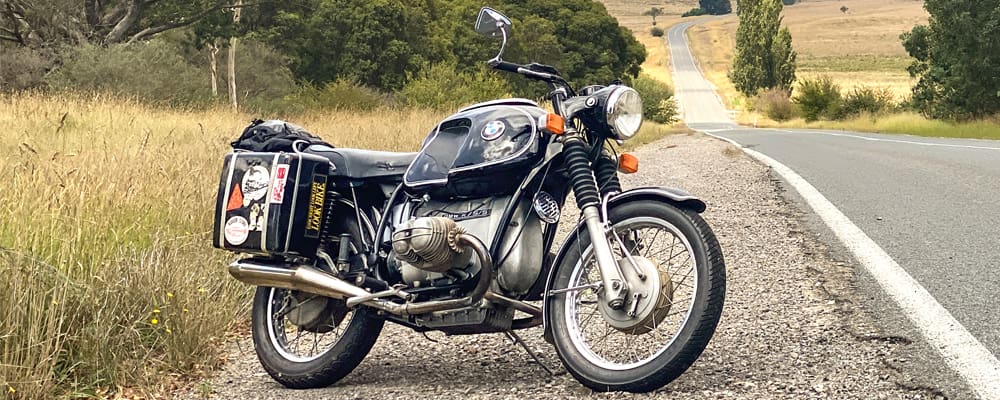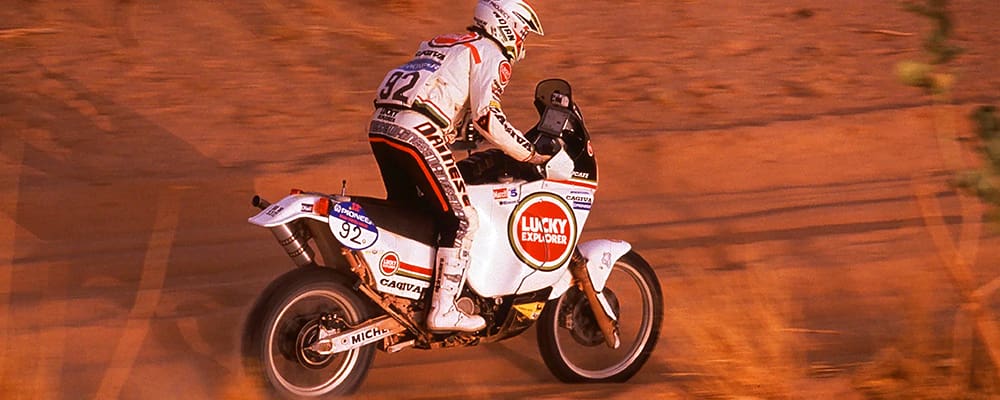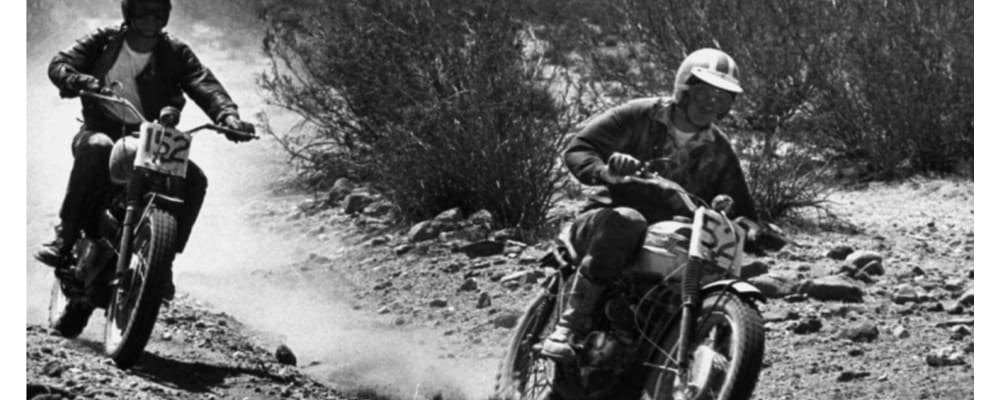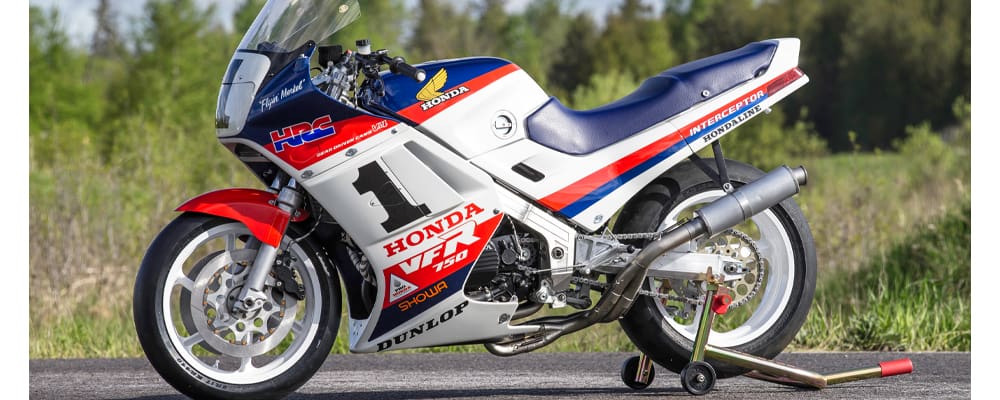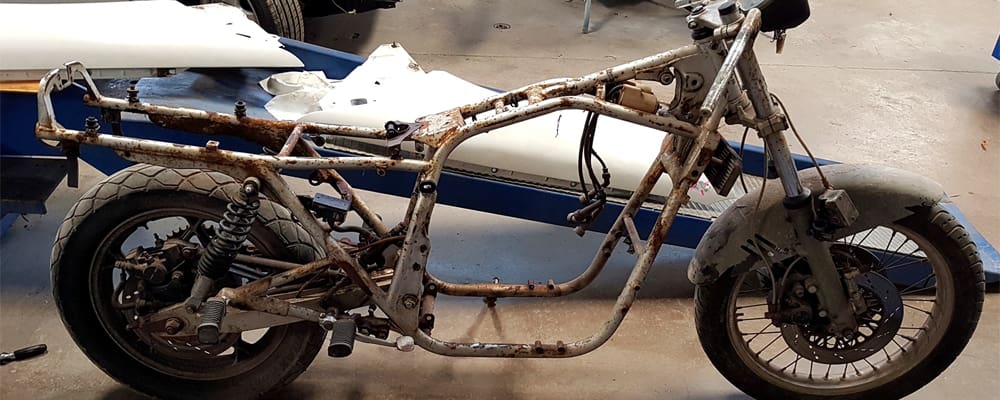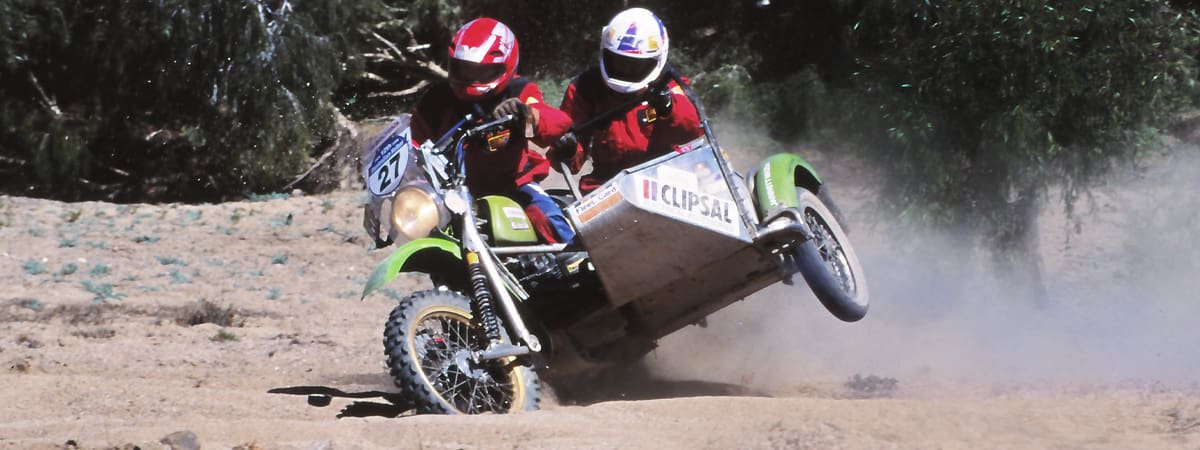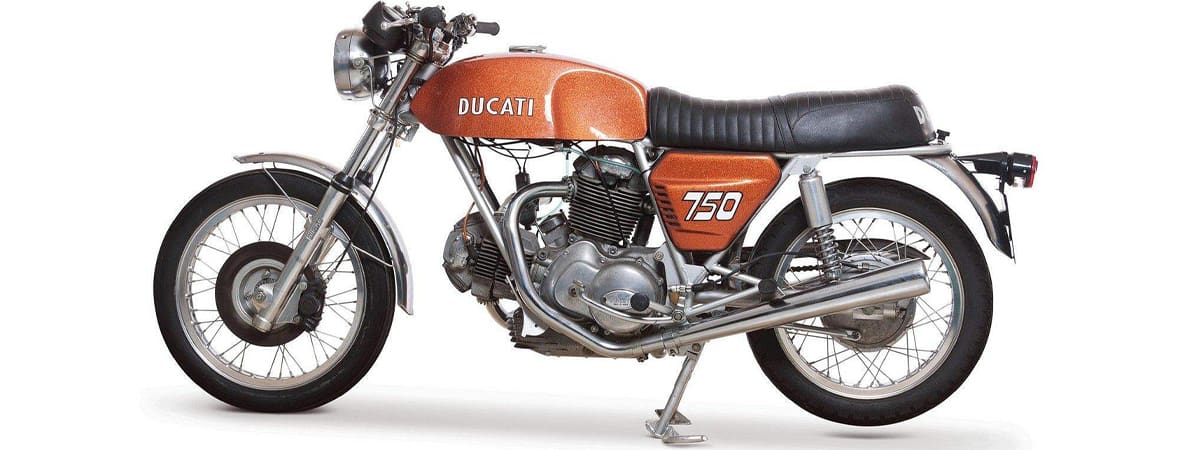It’s been six years since the return to the global marketplace for yet another historic Made in England marque: Ariel. The company’s history stretches right back to 1870, when it made penny-farthing bicycles with newly patented spoked wheels. It went on to produce quadricycles, grand prix racing cars, and then a long line of motorcycles that included the 350cc Red Hunter (1935), the twin cylinder 250cc Arrow (1963) and the 1000cc Healey 4 (1973), until the company ceased operation in the 70s.
Then, in 1999, it was resurrected by Simon Saunders, a former GM/Porsche/Aston Martin designer turned college lecturer who obtained the Ariel name in order to attach it to a radical motor car design created by one of his brightest students at Coventry University’s School of Art And Design (where he taught MV Agusta designer Adrian Morton, among others). Thus the Ariel Atom was born – a road-legal two-seater racing car using Honda’s Civic Type R engine. It has since achieved iconic status as the fastest accelerating, best handling thing on four wheels. And with the Atom’s global success, Ariel secured its future.
Saunders’ overriding passion, however, has always been for two wheels, and his endgame was to get Ariel producing bikes again. On the back of the Atom’s success, he was able to work towards this goal, and with the public debut of the 1200cc Ariel Ace V4 at the 2014 Goodwood Festival of Speed, he achieved it. Now, after minimal promotion, the company has already received 60 orders for a bike being sold at a base-level price of £20,000 ($42,000) plus tax with a wide choice of options making it unlikely any two Ariels will be built to the exact spec.
The Ariel Motor Co’s rural HQ in Crewkerne, Somerset, has begun producing customer examples of the ultra-distinctive looking girder-forked GT variant (AMCN Vol 64 No 04), which was being hand-built at the rate of three per week (150 annually) by a team of three technicians, with a signed plaque accompanying each bike indicating who built it. And with GT production finally underway, it’s time for the Sport variant of the Ace V4 to hit the highways.
On the Sport Ace, a tele fork replaces the GT’s girder front end via considerably more radical steering geometry, while the wheelbase has been shortened and a taller 825mm seat has been re-designed to make it more suitable for shorter riders. Like the GT, the Ace Sport features the same exquisite and ultra-distinctive aluminium chassis housing the 81x60mm SOHC 76º V4 engine sourced from Honda’s VFR1200F. This is supplied directly to the small British company by the Japanese giant, in a move that runs counter to its normal policy not to furnish engines to third parties and underlines the respect Honda has for Ariel thanks to their successful collaboration on the Atom.
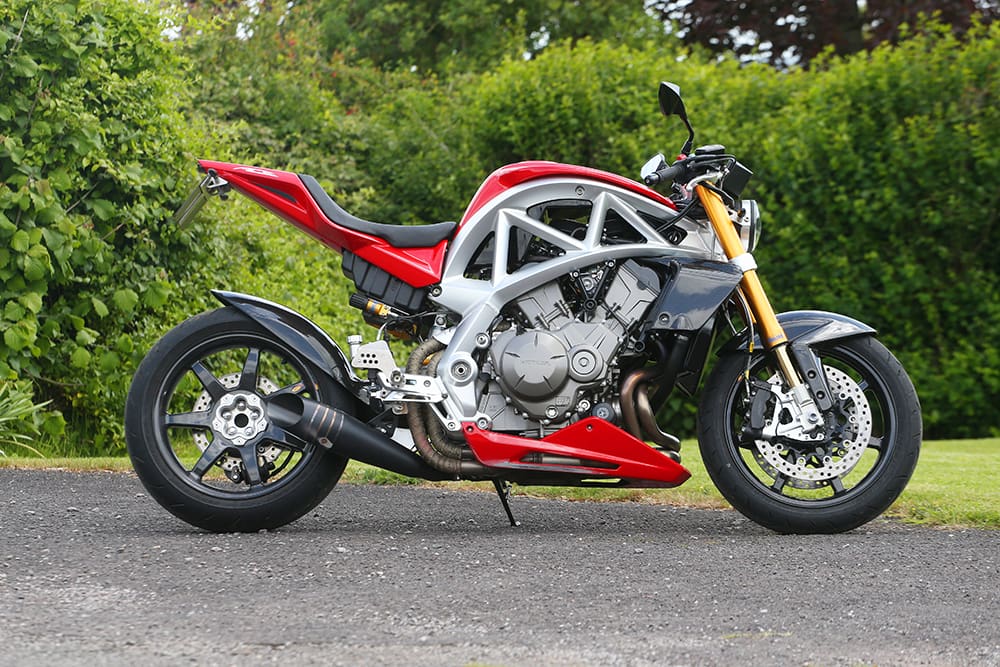
Having been the first journalist to ride the girder-fork GT version of the Ace four months before its launch – and indeed to demo it via a run up the hill at its Goodwood debut in front of the festival’s 150,000 spectators – I was happy to once again get the call to be the first to take the tele-forked Sport variant for a day’s ride in the scenic Devon countryside in company with Ariel’s R&D head technician James ‘Reg’ Feiven aboard a production GT. The version I was riding was the high-end model complete with Öhlins suspension front and rear, and BST carbon wheels. As tested it would have cost £28,340 ($60,000) plus tax, although the entry level price will still get you the keys to one of the most distinctively engineered bikes available today, fitted with the VFR1200F’s Showa suspension, and Dymag aluminium wheels. Thanks to the unique bespoke build system, Ariel can offer the Ace in several different guises, all employing the same chassis and engine platform, but with the bike personalised via a wide list of options.
This means that buyers can choose between Ariel’s own ultra-modern version of a vintage-style girder fork or conventional teles, and between Showa or Öhlins (ditto the rear shock). Adjustable footrests and brake/gear lever locations are also available, plus different seats set at various heights, with or without pillion options. There’s a choice of handlebar configuration, fuel tank size and shape, wheels, exhaust and bodywork, as well as colours, finishes and materials. All of this ensures that every Ace motorcycle is unique, tailored to suit the individual tastes of each customer.
In terms of performance, the Ace was designed with an average rider in mind, rather than the two-wheeled equivalent of the expert driver who typically buys an Atom. Accordingly, the Ace offers comfortable and consistent real-world performance without sacrificing thrills. The Ariel V4 produces a claimed top speed of 265km/h and goes from 0 to 100km/h in 3.4 seconds.
While the engine retains Honda’s PGM-F1 fuel injection package, mapping and fuelling is carried out to Ariel specification. Overall power output remains similar to the Honda VFR1200F at 129kW on tap at 10,000rpm, with maximum torque of 131Nm delivered at 8750rpm. Honda’s single-stage traction control and Nissin combined ABS, both switchable, complete the package of electronic rider aids. In both Sport and GT form the bike is super torquey, with such a broad spread of grunt that you can accelerate wide open in top gear from as low as 1500rpm with zero transmission snatch and no need to touch the clutch lever. And it runs completely smoothly all the way to the 10,500rpm rev-limiter with a lovely, liquid, linear delivery of power and torque.
And the sound of mechanical music, too. A key feature in the Ace’s appeal is the glorious V4 exhaust note. Thumbing the starter button unlocks a magnificent roll of offbeat thunder from the V4 motor, which has never sounded this aggressive or angry in the Honda models it’s been installed in – though apparently it passes the UK’s SVA homologation exam when fitted with a DB-killer. In spite of the meaty spread of torque which makes shifting gear strictly optional, you’ll be tempted to deliberately use one or two gears lower just to revel in that fabulous exhaust note. It’s worth noting that using the Honda motor allows Ariel to offer the Ace in either guise with Honda’s Dual Clutch Transmission (DCT) as an option, complete with the choice of push-button semi-automatic or full-auto gearshifts.

Slinging a leg over the Ace Sport revealed a quite different riding position than the girder-fork GT I’d ridden one year earlier: more inclined thanks to the taller seat and the clip-ons which are mounted to the tele fork legs above the tripleclamps. It’s not too extreme a sporty stance and definitely not tiring, even with the extra body weight on your arms and shoulders. Yet in spite of the taller seat height you do still feel a part of the bike rather than perched atop it, ensconced in the plushly upholstered but re-shaped seat.
The only thing I didn’t care for was the way the sharp-edged upper frame rails dug into my inner thighs just above the knee, something I hadn’t really noticed before when riding the GT. Probably this was because you’re conscious of having more incentive to push the bike harder in Sport guise, so you end up using your knees more to make it change direction – that, and the more inclined riding stance. It’s an issue you can’t really resolve short of padding the rail or reshaping it, which would spoil its great aesthetic impact. So just treat it as a minor inconvenience, and grin and bear it…
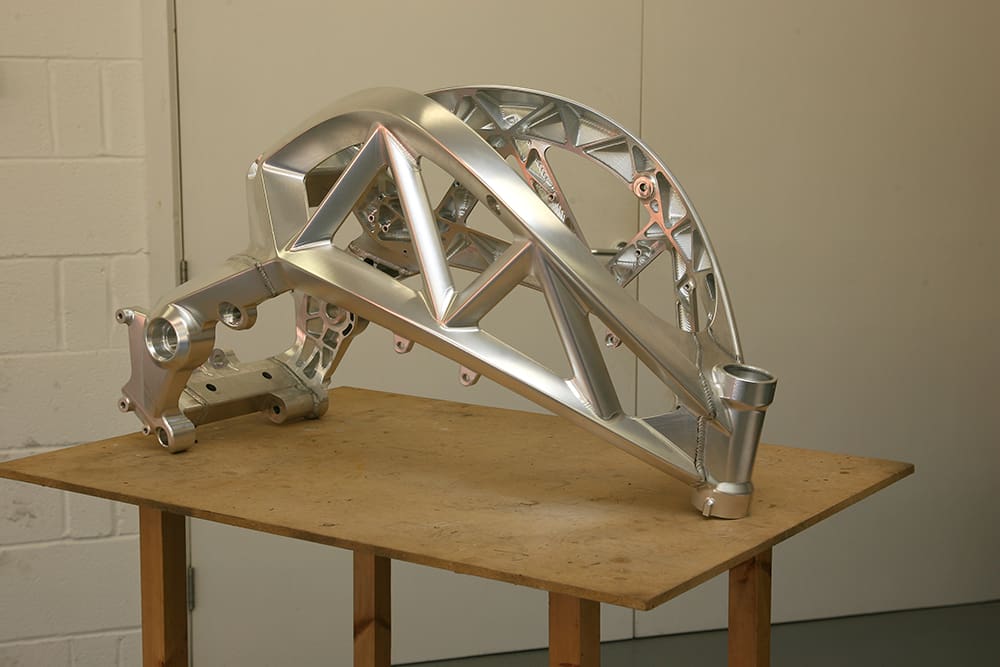
The Sport’s adjustable footrests are set higher than on the GT, so will only touch down at relatively acute lean angles, and you can make the most of the Öhlins fork’s excellent damping to max out turn speeds on the tele-forked Ace. Somerset roads aren’t the smoothest, but the way the Öhlins suspension ironed out the bumps was really impressive – Ariel has done its homework on set-up, resulting in excellent ride quality and handling.
This was the first time I’d ridden the Ace fitted with the specially-developed Öhlins Road and Track rear shock installed, which only became available after the bike’s Goodwood launch, and it completely resolved the chatter and even rear wheel hop I experienced last year riding the bike fitted with the stock VFR1200F Showa shock. This is operated by the Honda ProLink linkage via the single-sided cast aluminium swingarm that Ariel retains on all versions of the bike. At 229kg with oil/water but no fuel, the Ace is 38kg lighter than the Honda model that the shock was sourced from, meaning that the Showa was way oversprung for Ace use. That had been fixed on the Sport I rode, and Öhlins suspension ensured it glided over all but the worst kind of road rash.
With a 22mm shorter 1541mm wheelbase compared to the girder-fork GT, and the Öhlins fork carried at a much tighter 21.8º rake, the Ariel Ace Sport was much more agile in the way it steered than I expected for such a physically big, rather heavy motorcycle. It’s not an out-and-out sportsbike, but nor is it a stripped-down streetfighter – think of it as a Triumph Speed Triple on steroids, and you’re about right.
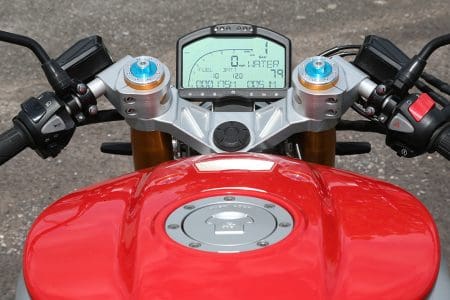

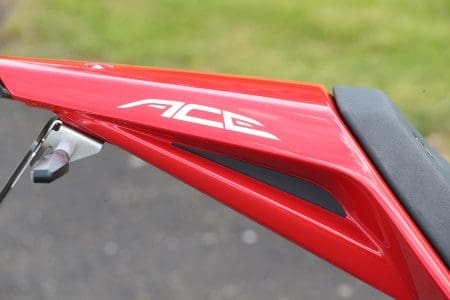

The tele-forked Ace steers much better and is much nimbler than I expected, presumably partly because of the sharper steering geometry and slightly reduced stride from the wheelbase, and partly because of the mass centralisation without excessive width delivered by the V4 engine. Even more than in girder-forked GT guise, the all-new Ariel is the motorcycle that this muscular, mighty Honda motor has long been searching for, a package which allows its undoubted performance coupled with an ultra-flexible delivery to be fully exploited in delivering excellent acceleration and beguiling top gear roll-on.
As on the GT version, the Ace Sport’s six-piston Nissin radial brake package allows you to trailbrake hard and deep into a bend and still feel the Öhlins fork eating up bumps and ripples in the road surface on the angle, with no trace of chatter even if you wind up turn speeds to race-level velocity. And once you’re committed to a bend, fingering the lever to reduce speed doesn’t make the Ace sit up and understeer towards the bushes – it holds its line and feels very predictable. And the twin radial six-piston front calipers gripping 320mm discs again offer outstanding braking. They hauled the half-dry Ace down from high speed with lots of feel and plenty of controllable bite, inspiring confidence without producing any significant front-end dive. Job done on the Ace’s handling, guys.
This was underlined when I swapped bikes with Reg Feiven and rode the production girder-fork GT model on the 80km return trip to the Ariel factory. Thanks to the GT’s much lower 745mm seat height you feel you’re actually sitting in the bike rather than on it, and the upright stance delivered by the flat one-piece handlebar mounted to a fat riser atop the upper fork link was pretty relaxing.

The good grip from the Dunlop tyres exposed some ground clearance problems with the lower-set footrests, which had however thankfully been shortened since the last time I rode such an Ace in prototype form. But these can be altered to a host of different positions in any case.
This exact motorcycle with the DCT included could be targeted successfully at a very specific older customer who’s moved on from high-seat/low-barred sportsbikes but wants real performance delivered in an accessible, unflustered way. Oh, and who has a significant other who doesn’t want to be left behind, in which case the Ariel catalogue includes a good-looking and suitably welcoming passenger seat, as well as the kind of effortless grunt that makes light work of carrying your fellow empty-nester. Think of the GT as a two-wheeled Aston Martin-style gentlemen’s express, and you’ll not be far off – a heavier and more spacious version of the new Aprilia Tuono 1100 RR is perhaps what it really is closest to on two wheels, and not just because they share a V4 engine configuration. The high but not stratospheric price tag seems a fair one for something this exceptional, this distinctive and
with this level of performance.
Ariel, Like Norton or Triumph, may be another grand old brand that has returned to the scene, but rather than trading on its classic cachet it has chosen to do things differently. The Ace is a totally radical and very modern alternative take on two-wheeled design, with its visual allure matched by outstanding dynamic performance, thanks to the Honda motor. It’s a brave approach, and one that should be commended.
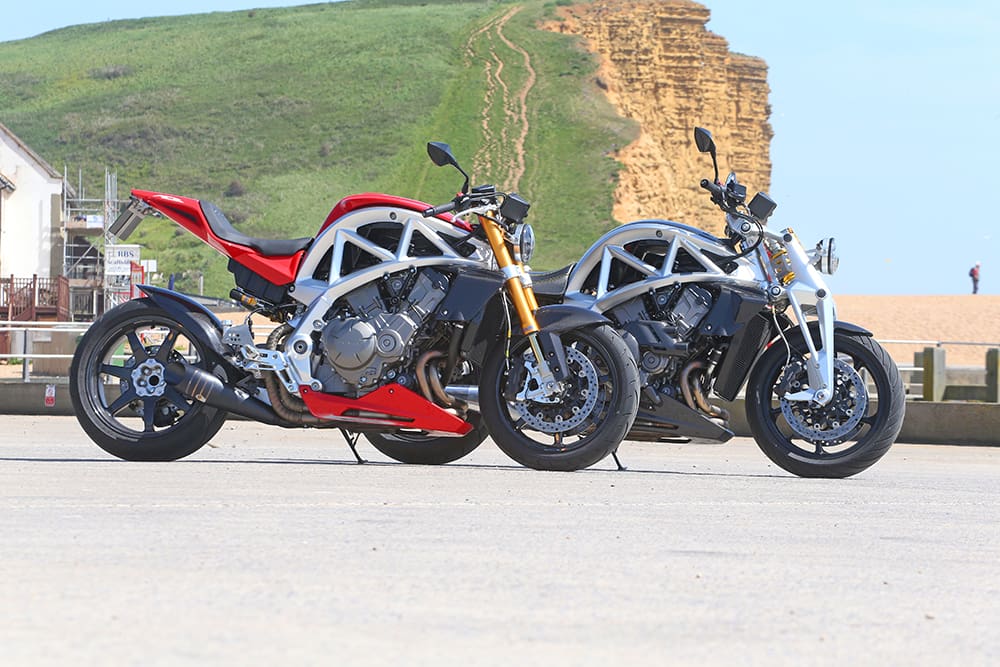
TEST ALAN CATHCART PHOTOGRAPHY KEL EDGE

